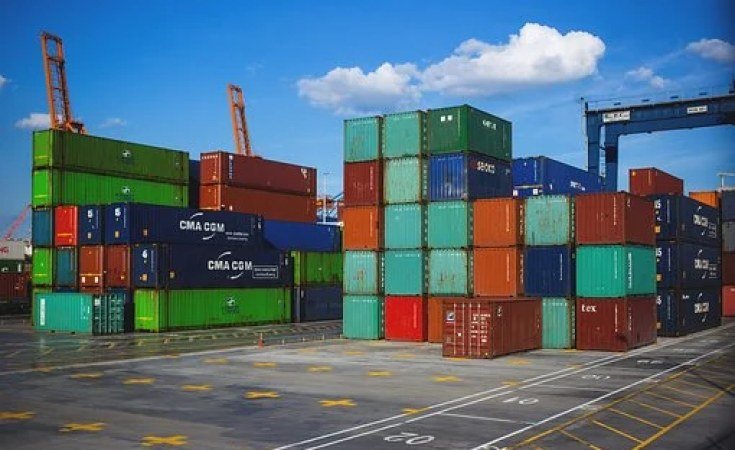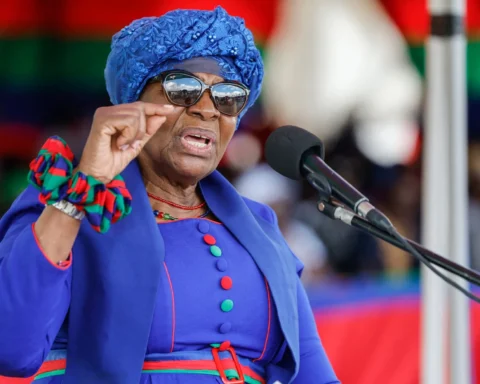Tanzania has recorded a dramatic rise in exports to the Southern African Development Community (SADC), with trade values almost doubling between 2021 and 2024.
The country’s exports grew from US $1.3 billion in 2021 to nearly US $3 billion last year, representing an increase of more than 127 percent.
Industry and Trade Minister Dr. Selemani Jafo revealed the figures during the inauguration of a new board of directors at the national trade authority in Dar es Salaam. He described the growth as evidence of Tanzania’s strengthening economic role in the region, but emphasized that the challenge ahead is to sustain the momentum and push into new markets beyond Africa.
“This achievement shows we can compete in regional trade,” he said. “Now we must aim higher, by building stronger export capacity for destinations such as Europe and China.”
Analysts attribute the surge to a combination of improved transport and logistics infrastructure, greater political will to enhance cross-border trade, and efforts to diversify export products. Investments in ports, roads, and border facilities have cut down the time and cost of moving goods, making Tanzanian exports more competitive within SADC’s 16-member bloc.
At the same time, local producers have expanded beyond traditional commodities like gold and coffee to include manufactured goods, processed food, and textiles. This diversification, experts say, is helping Tanzania to reduce vulnerability to global price swings while creating more opportunities for small and medium-sized businesses.
Also Read; Russia Partners With Niger On Historic Nuclear Project
The success comes at a critical time for Africa, as trade is increasingly being recognized as a driver of sustainable growth. Tanzania’s performance not only strengthens its own economy but also highlights the potential of deeper regional integration. With the African Continental Free Trade Area now in motion, Tanzania’s strong record in SADC could serve as a springboard for wider participation in continental trade.
Despite the positive results, challenges remain. Meeting the quality standards of developed markets, improving access to finance for exporters, and addressing global economic uncertainties will be critical. The government has signaled that it will focus on equipping businesses to navigate these barriers while intensifying efforts to attract foreign buyers.
For many observers, Tanzania’s export surge is more than a short-term success. It points to an economy that is finding its footing as a regional hub. The next step, they argue, is to convert regional dominance into a stronger presence in global markets.







